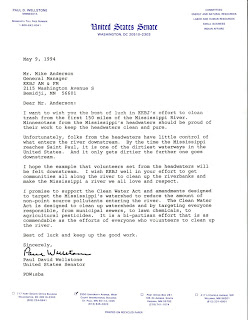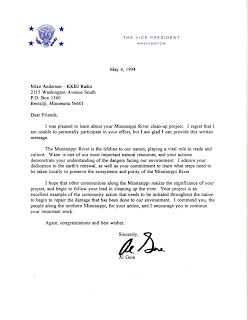+copy.jpg) (Mending the Mississippi: A Site 3 Project.) As I stated in the last post, an alarming amount of scrap iron and construction materiel has been discarded on the banks of the Mississippi in this area. But logically, this should come as NO surprise: These types of debris are extremely heavy, and the price of trash disposal is often set on a “cost per pound” basis. So, wrongful dumpers have chosen an alternative which might be less expensive to them, at the cost (to the rest of us) of blighting one of the nation’s most historic waterways. Again, the irony here is that so much of this material is capable of being recycled.
(Mending the Mississippi: A Site 3 Project.) As I stated in the last post, an alarming amount of scrap iron and construction materiel has been discarded on the banks of the Mississippi in this area. But logically, this should come as NO surprise: These types of debris are extremely heavy, and the price of trash disposal is often set on a “cost per pound” basis. So, wrongful dumpers have chosen an alternative which might be less expensive to them, at the cost (to the rest of us) of blighting one of the nation’s most historic waterways. Again, the irony here is that so much of this material is capable of being recycled.+copy.jpg) Anyway, the Google Map at the bottom of this post demonstrates where the majority of scrap iron is located along this stretch of the Mississippi, at least to the extent that I have mapped it. If you click on the link just below the map to enlarge it, it becomes possible to view the area in Google Earth, thus allowing the waypoints on this route to be transferred to your handheld GPS with just a few drag & drop maneuvers. If you decide to tackle one of these sites, please let me know. But as you can see from the pictures, it’s going to be hard work.
Anyway, the Google Map at the bottom of this post demonstrates where the majority of scrap iron is located along this stretch of the Mississippi, at least to the extent that I have mapped it. If you click on the link just below the map to enlarge it, it becomes possible to view the area in Google Earth, thus allowing the waypoints on this route to be transferred to your handheld GPS with just a few drag & drop maneuvers. If you decide to tackle one of these sites, please let me know. But as you can see from the pictures, it’s going to be hard work.+copy.jpg) The photos are placed here in no particular order. However, a list of the objects is built-in to the Google Map below, showing the items in the geographical order you would see them if you were traveling the river from North to South on the Rice Creek-to-Boom Island route (see Site 3 clean-up). There are six sites which could be described as holiding scrap iron of various shapes and sizes. As always, note that you can click on each photo to enlarge it, and that the GPS coordinates of each photo have been embedded in the picture, placing you within roughly three meters of where the object or debris field is sitting. In some cases, this more than one picture of a site. That is so the reader can better grasp the size or location of the object or debris area.
The photos are placed here in no particular order. However, a list of the objects is built-in to the Google Map below, showing the items in the geographical order you would see them if you were traveling the river from North to South on the Rice Creek-to-Boom Island route (see Site 3 clean-up). There are six sites which could be described as holiding scrap iron of various shapes and sizes. As always, note that you can click on each photo to enlarge it, and that the GPS coordinates of each photo have been embedded in the picture, placing you within roughly three meters of where the object or debris field is sitting. In some cases, this more than one picture of a site. That is so the reader can better grasp the size or location of the object or debris area.+copy.jpg) There were a couple of barrels early in the route. Ironically, one of them was a trash barrel from the Minneapolis Parks District. Most likely, someone threw it in the river for kicks.
There were a couple of barrels early in the route. Ironically, one of them was a trash barrel from the Minneapolis Parks District. Most likely, someone threw it in the river for kicks.The sites in this category are perfect examples of material that would be too large or heavy for one or two people to lift extract, especially if their recovery effort is kayak or canoe-based. So, these are the kind of projects that will lead me to try recruit help.
+copy.jpg) During my survey work last fall, I came across what appeared to be some kind of steel salvaging company. There were huge piles of scrap iron, which were apparently being loaded into barges to send downstream. If that’s how they earn their money, perhaps they’d be interested in helping to recover some of the iron in these photos. The sign on the building said “Williams Steel,” but I have done some calling around and learned the building is now owned by an organization called American Iron. If these folks are in the business of recycling scrap iron, “Boy do I have an idea for them!”
During my survey work last fall, I came across what appeared to be some kind of steel salvaging company. There were huge piles of scrap iron, which were apparently being loaded into barges to send downstream. If that’s how they earn their money, perhaps they’d be interested in helping to recover some of the iron in these photos. The sign on the building said “Williams Steel,” but I have done some calling around and learned the building is now owned by an organization called American Iron. If these folks are in the business of recycling scrap iron, “Boy do I have an idea for them!”+copy.jpg) Scrap iron and steel exemplify the types of materials which a simple pedestrian clean-up effort simply will not solve. So it makes sense that this would be one of the first “categorical list” of debris targets that we publish at CleanUpTheRiver.com and DisposeOfProperly.com.
Scrap iron and steel exemplify the types of materials which a simple pedestrian clean-up effort simply will not solve. So it makes sense that this would be one of the first “categorical list” of debris targets that we publish at CleanUpTheRiver.com and DisposeOfProperly.com.For more information about this project, or to get involved, feel free to drop us an email.
+copy.jpg) NOTE: Anyone who attempts to recover the items listed in this posting does so at their own risk. Please adhere to the safety instructions and guidelines provided by the DNR. Also, please let me know if you either intend to remove one or more of these items, or that you have succeeded in doing so. Just drop me an email, so I can post your success story here!
NOTE: Anyone who attempts to recover the items listed in this posting does so at their own risk. Please adhere to the safety instructions and guidelines provided by the DNR. Also, please let me know if you either intend to remove one or more of these items, or that you have succeeded in doing so. Just drop me an email, so I can post your success story here!In case you're thinking about helping out, click on this Google Map to enlarge the area where scrap iron is located along this stretch of the Metro Mississippi:
View Larger Map
© 2008 Mike D. Anderson, Crystal, MN.

+copy.jpg)
+copy.jpg)

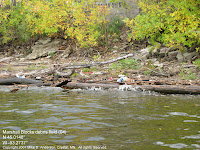
+copy.jpg)
+copy.jpg)
+copy.jpg)
+copy.jpg)
+copy.jpg)
.jpg)
.jpg)
.jpg)
.jpg)
.jpg)
.jpg)
+copy.jpg)
.jpg)
.jpg)

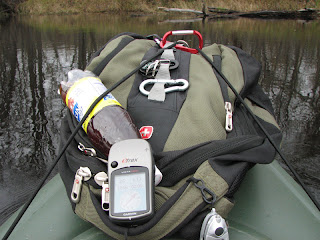
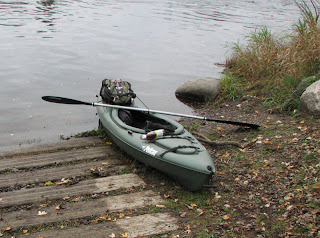
.jpg)
+copy.jpg)
+copy.jpg)
+copy.jpg)
+copy.jpg)
+GPS+copy.jpg)
+GPS+copy.jpg)
+copy.jpg)
+copy+small.jpg)
+copy.jpg)
+copy.jpg)
+copy+small.jpg)
